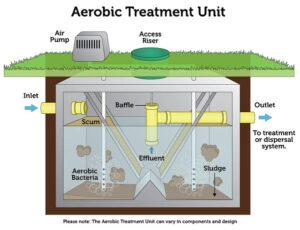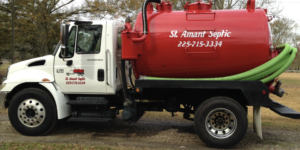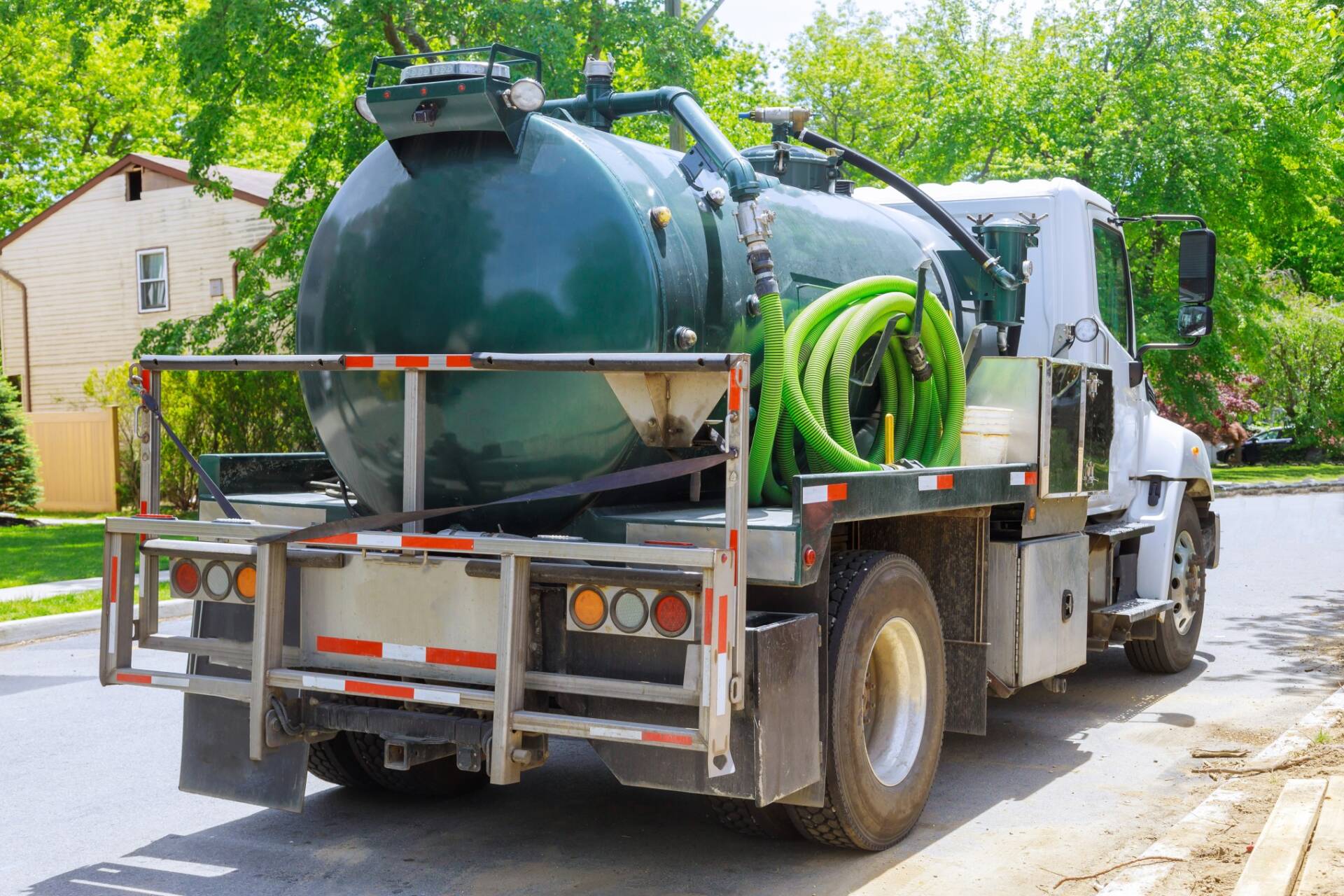Suppose you are about to purchase a home with a septic system (also known as an onsite wastewater system). In that case, you probably have A LOT of questions. No worries, we are here for you!
The parishes surrounding East Baton Rouge are where you will find most septic systems. People moving from an area that doesn’t have them are sometimes scared of septic systems just because they don’t know what they don’t know.
We will cover how they work, the importance of having them inspected before your purchase, and provide information on everyday preventative and corrective maintenance.
Understanding Septic Systems
Does my home have a septic system? How do I find it?
The most straightforward answer to this question will be that the Property Disclosure Document will tell you if the home has an onsite wastewater system.

Here are some other clues that the home has a septic system.
- The home is on well water.
- The water line coming into the house does not have a meter.
- The neighbors have a septic system; or
- The home is located in a rural area.
How can I find the septic system?
- Look at the “as-built” drawing for the home’s septic system, which you can request from the local parish’s health department’s records.
- Check the yard for inspection caps, lids, or maintenance hole covers;
- Working with a septic system provided who can help locate the system; and,
- Asking the seller or your REALTOR®
How does a septic system work?
- All water runs out of your house from one main drainage pipe into a septic tank.
- The septic tank is a buried, water-tight container. Its job is to hold the wastewater long enough for solids to settle to the bottom (sludge) while the fats, oil, and grease float to the top (scum).
- For conventional septic systems, liquid wastewater exits the tank and is spread evenly throughout the drainfield, usually through a distribution box. Systems with more advanced treatment may have an additional component between the septic tank and drainfield.
- Once in the drainfield, the wastewater percolates into the soil, reclaiming the water for future reuse by naturally removing harmful bacteria, viruses, and some nutrients.
This process may vary based on the site conditions of your property (e.g., soil type, proximity to water). A septic system service provider and your onsite wastewater system “as-built” drawings will be able to tell you what type of system is on the property.
Get Your system inspected
How can I be sure that my septic system is working correctly?
Purchasing a home is one of the most significant investments you will make, so you want o avoid any surprises after purchasing the home. Just like your HVAC system, the septic system is expensive to repair or replace, so you want it to be in good condition when you purchase the home. Inspections may be required by your local or state government or by your mortgage lender.
Lines 202 – 211 in the Louisiana state-wide purchase agreement covers disclosure of private water/sewerage. There is also an additional addendum, DISCLOSURE OF INFORMATION ON RESIDENTIAL SEWERAGE TREATMENT SYSTEMS. Ask your agent to add language into the purchase agreement that the seller has these systems tested by the parish prior to the act of sale to make sure everyone is aware of the inspections needed.
What should happen during a septic system inspection?
The inspector will check the following:
- Pumping and maintenance records.
- The age of the septic system.
- Sludge levels and scum thickness in the tank.
- Signs of leakage, such as low water levels in the tank.
- Signs of backup, such as staining in the tank above the outlet pipe.
- The integrity of the tank, inlet, and outlet pipes.
- The drainfield for signs of system failure like standing water.
- The distribution box to make sure drain lines are receiving equal flow; and
- Available records to ensure the system complies with local regulations regarding function and location.
Everyday Maintenance
What can I do to help maintain my system every day?
The average lifespan of a septic system is 15 to 40 years, but it can last longer if properly maintained!
- Think at the sink! Consider what you put into your toilet and sink and the impact it may have on your system. Many common household items can either clog your system or kill the microbes that treat the wastewater.
- “Cloggers” include diapers, baby wipes, cat litter, cigarettes, coffee grounds, grease, and feminine hygiene products.
- “Killers” include household chemicals, gasoline, oil, pesticides, antifreeze, paint, and high amounts of anti-bacterial soaps and detergents.
- Don’t strain your drain.
- The less water you use, the less your onsite wastewater system has to work. Stagger the use of appliances, use high-efficiency plumbing fixtures, and repair any leaks in your home.
For more information, go to https://www.epa.gov/watersense/
- Shield your field
- Keep your car and anything heavier than your lawnmower off your drainfield.
- Eliminate the use of a garbage disposal. This will significantly reduce the amount of fats, grease, and solids that enter your septic system and could clog your drainfield.
- Plant trees away from the drainfield since tree roots can clog the field and cause the system to fail.
- Keep excess water from irrigation, significant rainfall, or drains off the drainfield.
Preventative Maintenance

What else can I do to help maintain my system?
A typical septic system should be inspected every three to five years by a septic system service provided. The tank should be pumped as recommended by the service provider or as required by your parish. Generally, you can plan to have the tank pumped approximately every three to five years. Just like changing the oil in your car, preventative septic system maintenance will extend the life of your system for a small cost of replacing the system.
What are the costs associated with the maintenance of a septic system?
Your home’s septic system should be inspected every three to five years as part of its routine maintenance and pumped as necessary, depending on the inspection results. The maintenance service typically costs between $250-$500, based on nationwide industry estimates. Maintenance costs are much more affordable than repairing or replacing an onsite wastewater system, which can cost thousands to tens of thousands of dollars. Contact a local septic system service provider who can provide a cost estimate specific to your area and needs. They can also provide you with more accurate information on how frequently to service and pump out your system.
Corrective Maintenance
How do I know if my septic system is not working properly? What do I do?
There are a few signs of an onsite wastewater system malfunction. If you discover any of these warning signs, call a septic system service provider immediately. One call could save you thousands of dollars!
- Wastewater backing up or gurgling into household drains.
- A strong odor around the septic tank or drainfield
- Bright green, spongy grass appearing on the drainfield.
With proper care and maintenance, your septic system will serve your home for years to come. That’s why it’s essential for you to do your part and be Septic Smart!
Contact Ascension Parish Stormwater or Livingston Parish Sewer Inspections


It is good to know the 3-5 year recommended time increment that is recommended for septic pumping. My septic tank hasn’t been pumped in about 5 years. I’ll be sure to hire a professional to pump it soon.